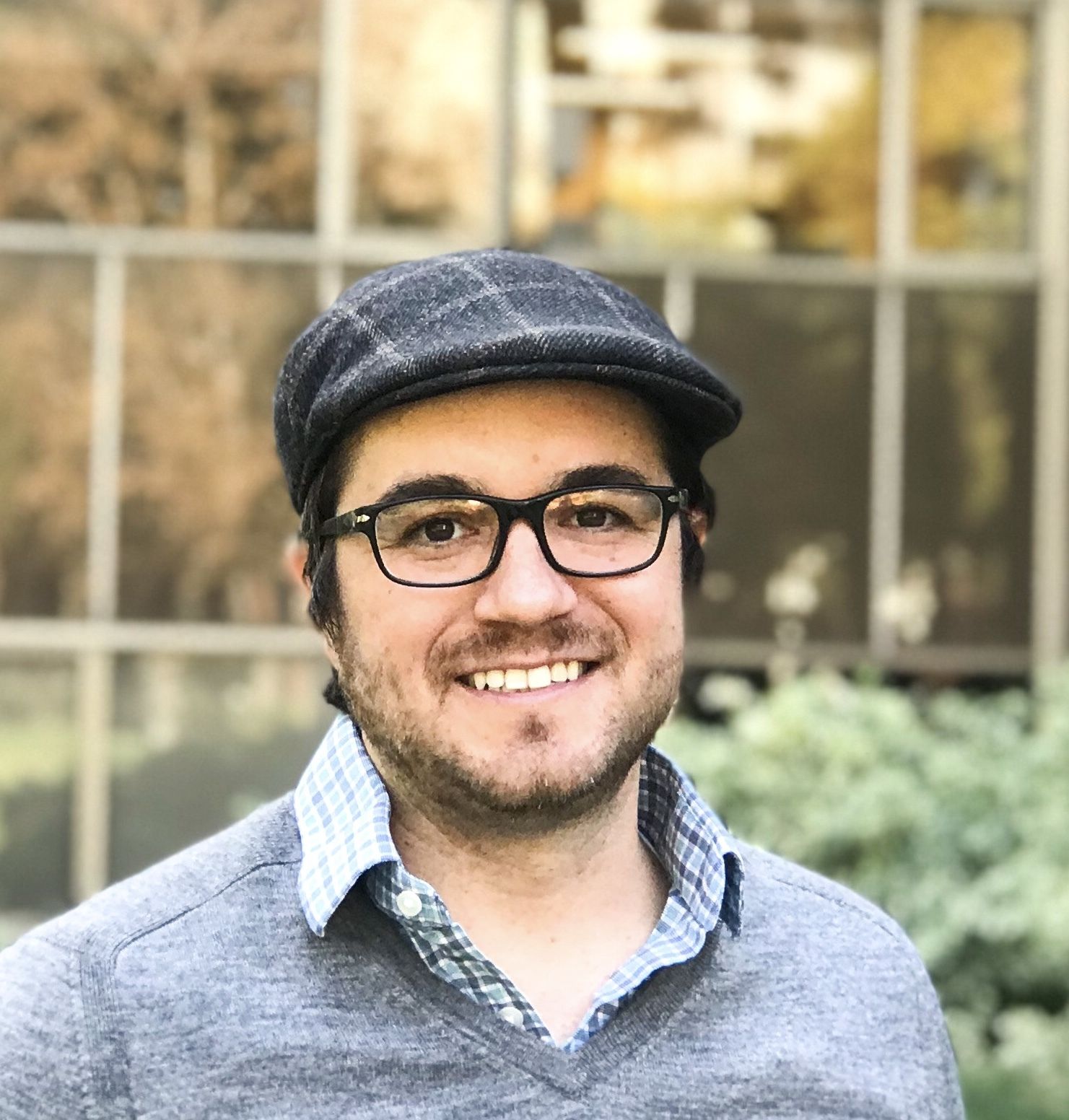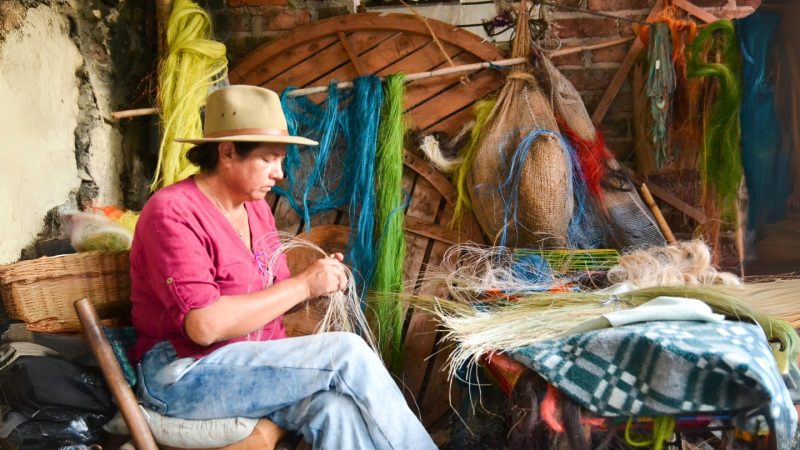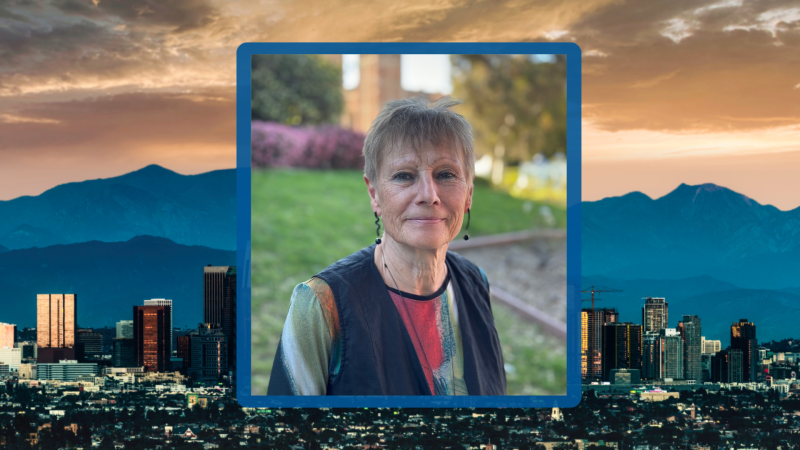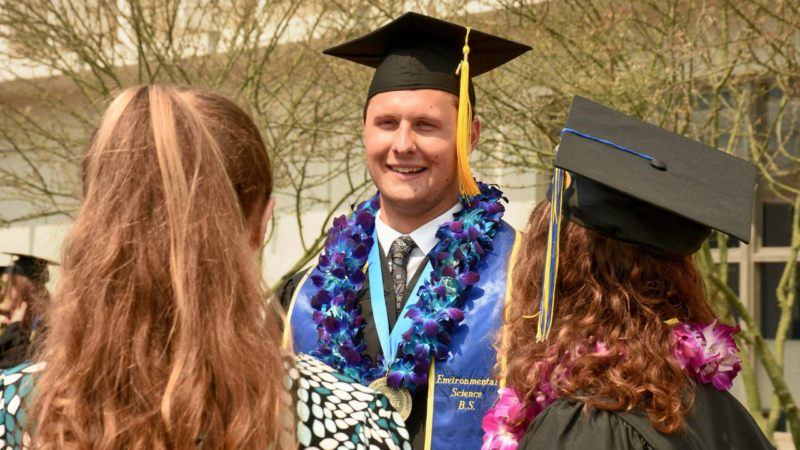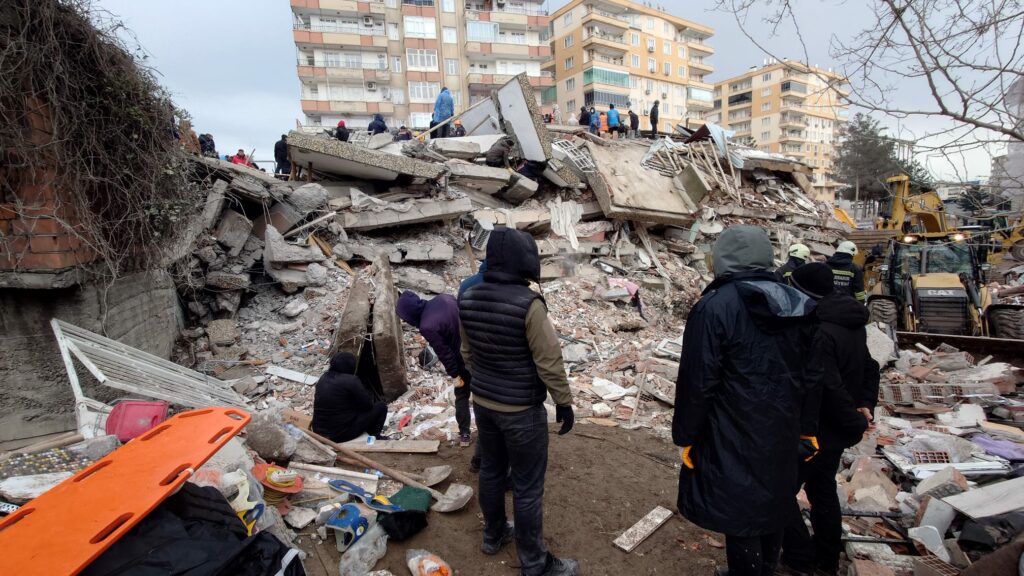
Q&A: Monica L. Smith on how humans have adapted to natural forces throughout history
A new book edited by the UCLA anthropologist explores how people respond to volcanoes, epidemics and droughts
From the first agricultural societies to modern towns and cities, human interactions with nature have shaped our world.
How people view themselves in relation to nature — both affecting and adapting to natural systems along the way — is the subject of the new book “The Power of Nature: Archaeology and Human-Environmental Dynamic,” edited by UCLA anthropologist Monica L. Smith.
A member of the UCLA Institute of the Environment and Sustainability, Smith is UCLA’s Navin and Pratima Doshi Professor of Indian Studies.
In “The Power of Nature,” two dozen archaeologists analyze how people have dealt throughout history with forces such as volcanoes, epidemics and droughts. In an interview, Smith spoke about how the past can shed light on what we can expect from both sudden-onset events and modern problems such as climate change. Responses have been edited for clarity and length.
“The Power of Nature” explains how people learn from events such as floods and hurricanes. What are some good examples?
There’s a tragic contemporary example with the recent earthquakes in Turkey and Syria. This area has always been prone to earthquakes, and we know from the historical record that the city of Antakya was destroyed during the Roman era in A.D. 115, and again in 458 and 526. It was repeatedly destroyed and built back over the years, in a way similar to what happens after earthquakes today.
The historical record also shows considerable similarities in humans’ responses to catastrophic events. People initially try to help in any way possible. The state tries to come in with resources but often lags in terms of delivering them efficiently. Then, within a short period of time — six months, a year, two years — people use the destruction of the earthquake as an excuse to do things like remodel, rebuild and reimagine.
From around 300 to 600, earthquakes allowed a reimagining of cities as spaces for Christian architecture where there had been pagan temples before. Similar changes have taken place after earthquakes here, too: In San Francisco, the removal of the Embarcadero Freeway after the 1989 Loma Prieta quake allowed for a complete reimagining and redevelopment of the waterfront.
Are there examples of people simply abandoning a region after a catastrophic event?
Throughout history, people have always rebuilt and adapted after disruptive change. Contemporary Antakya is a place people might think would be abandoned because it does get hit by earthquakes every few centuries — but it’s also in a very fertile area.
It’s like here in California. By the measure of earthquake susceptibility, people shouldn’t live in places like San Francisco and Los Angeles. But the day-to-day benefits and outcomes of favorable topographies for trade and agriculture outweigh the intangible unknowns of future disasters.
Tokyo and Mexico City also are prone to earthquakes; Karachi, Bangkok and Miami frequently get hit by flooding; Manila and New Orleans get hit by storms. People clean up and go on, even though they know that the next flood is coming.
How have people historically adapted to these major events?
People evaluate risk along a variety of timelines simultaneously: They learn about long-ago disasters from history books or from their elders, but they also experience incremental change measured in decades or a single lifetime.
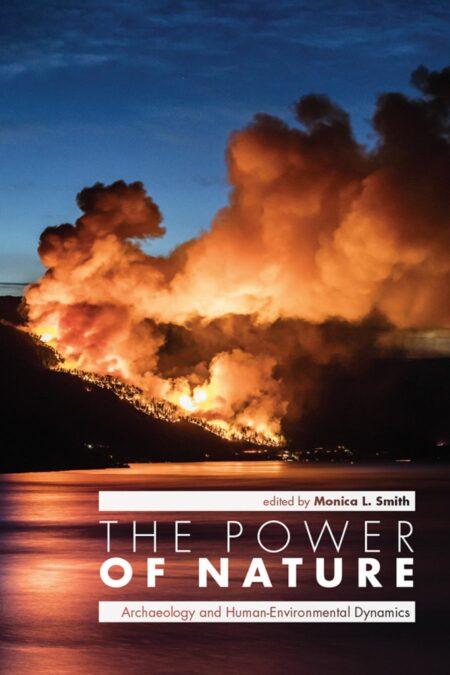
The region around the Tigris and Euphrates rivers in modern-day Iraq — part of what was historically known as the Mesopotamian Fertile Crescent — has been rebranded as the Fragile Crescent by some experts. It was a place that experienced unpredictable floods and periods of drought. Researchers now suggest that the reason ancient cultures became so concentrated into cities or civilizations there is that people had to be very creative in cooperating to deal with those conditions.
And think about canals, which in a place like Mesopotamia were created to increase agricultural potential. But canals can also drain away excess water from floods. A lot of human ingenuity and infrastructure is multipurpose, so it is changeable based on needs or natural fluctuations of precipitation, climate or seasons.
What does the history of adaptation tell us about how we might respond to current crises like climate change?
We can think about global change, but these types of changes are experienced by individuals in a local capacity. It’s only from a scholarly, comparative perspective that we can see the cumulative effect of particular species or the long trends of human-environmental interaction. That’s what makes the scholarly lens critical for understanding the planet as a long-term shared ecosystem.
Things that seem bureaucratic and arcane, like zoning or engineering checks, are so important. They help us to build in resiliency in advance of some kind of big knockout. Whether it’s individuals preparing a “go bag” with emergency supplies or somebody at the city council looking at blueprints and ordering retrofits, all of that is a kind of proactive, preventive maintenance. That’s how societies become the most resilient.

